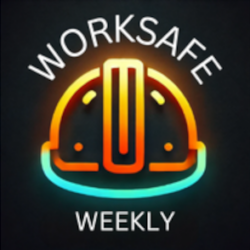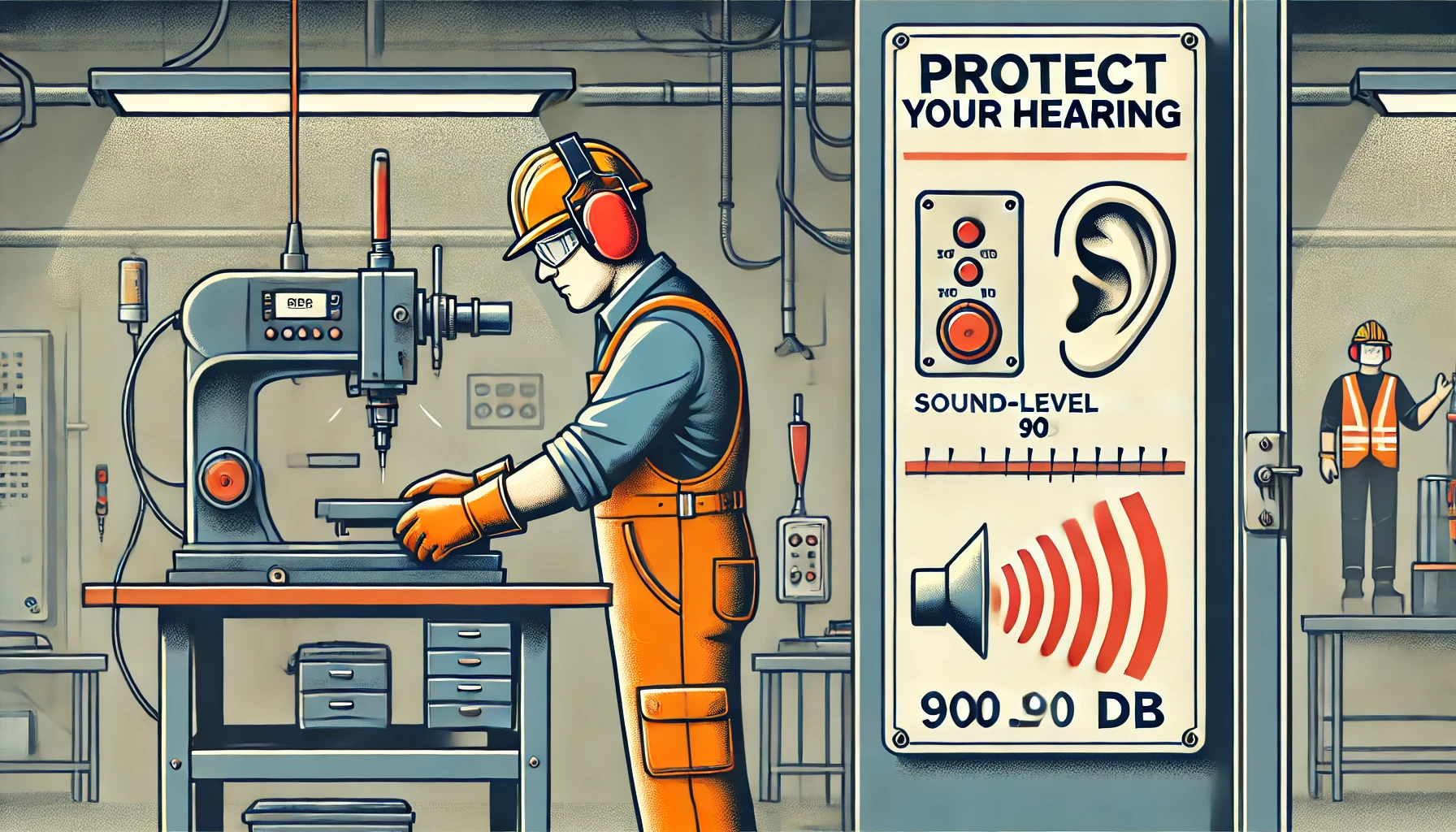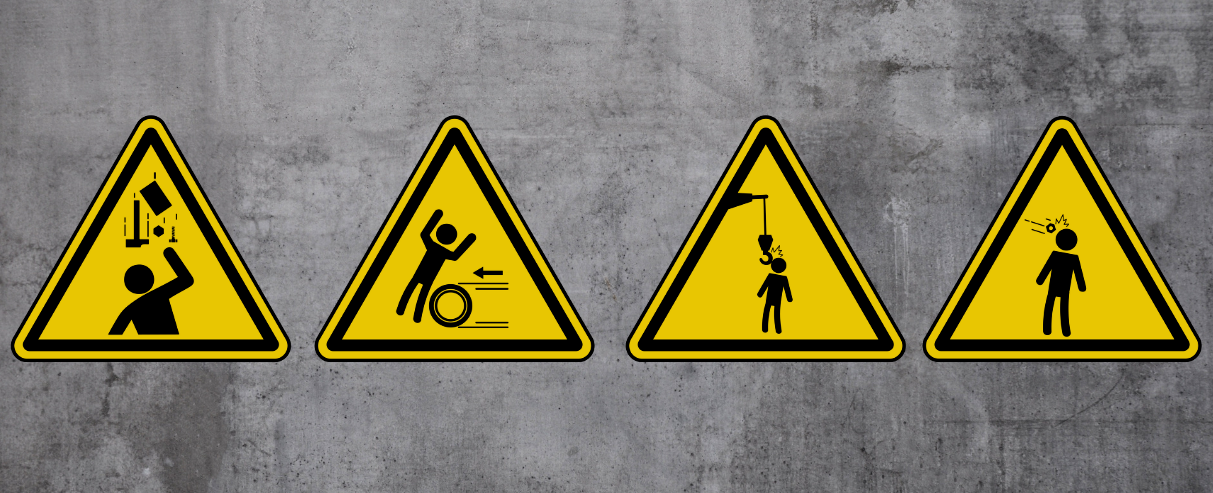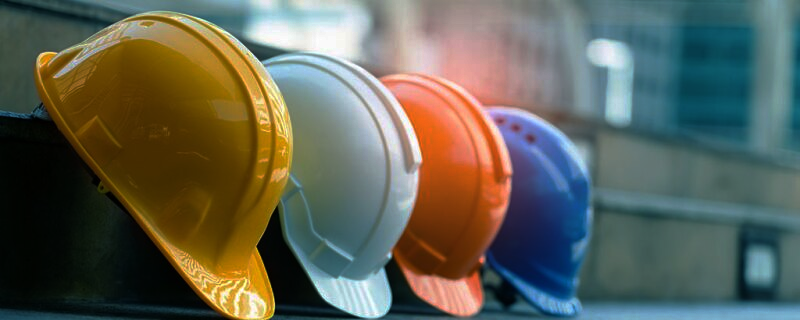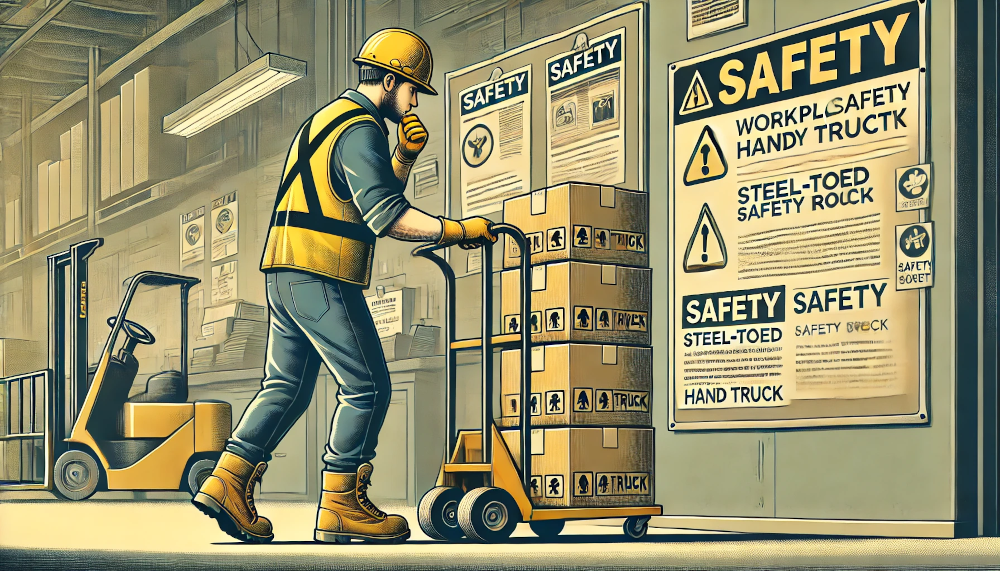Hear This: Protecting Ears in the Workplace
Noise. It’s everywhere—from the dull hum of office chatter to the symphony of jackhammers on a construction site. But when noise hits certain decibel levels, it’s not just annoying; it’s dangerous. Noise-induced hearing loss (NIHL) doesn’t announce itself with fanfare; it sneaks up, leaving millions of workers with permanent damage that could have been entirely avoided.
Let’s unravel the cacophony, tune into the risks, and learn how to safeguard our most understated sense: hearing.
What’s the Big Deal About Noise-Induced Hearing Loss?
Here’s the thing about NIHL: it’s irreversible. Those delicate hair cells in your inner ear—the ones responsible for translating sound into something your brain understands—don’t regenerate. When they’re gone, they’re gone.
NIHL comes in two flavors:
- Acute Exposure: A single, thunderous event (think explosions or gunshots) can obliterate your hearing faster than you can say “Huh?”
- Chronic Exposure: More insidious and far more common, this is the slow erosion caused by daily exposure to noise over 85 decibels—machinery, heavy equipment, or that coworker who thinks everyone needs to hear their playlist.
Damage to hearing isn’t always immediate. That’s the insidious part—you might think you’re fine, but over time, you’ll notice conversations getting harder to follow and background noise turning into an overwhelming jumble. Left unchecked, this condition can rob you of simple joys like hearing a favorite song or understanding a loved one’s laughter.
The good news? All of this is preventable. The bad news? Not enough people are doing something about it.
Signs Your Workplace is Too Loud
How do you know if your workplace is a noise hazard? Here are the telltale signs:
- Shouting Distance: If you need to yell to be heard by someone an arm’s length away, the noise levels are off the charts.
- Ringing Ears: That post-shift ringing or buzzing (tinnitus) isn’t your ears saying “Good job today!” It’s a cry for help.
- Ear Pain: If it hurts, it’s bad. Period.
- Muffled Hearing: Struggling to understand conversations or needing subtitles in your head? That’s a red flag waving at you.
To catch problems early, regular hearing tests are a must for workers exposed to high-decibel environments. These tests can help detect early signs of hearing loss before it becomes a permanent issue.
The Cost of Ignoring the Noise
For Workers:
Unchecked noise exposure doesn’t just rob you of sound; it chips away at quality of life. Conversations become battles. Socializing feels isolating. And let’s not even get started on the mental toll—stress, anxiety, and even cardiovascular issues can sneak in. Long-term exposure to high noise levels doesn’t just affect your ears; it’s a whole-body issue.
For Employers:
Ignoring noise hazards isn’t just unethical; it’s expensive. OSHA is more than happy to hand out fines for non-compliance, and workers’ comp claims for hearing loss are no small change (the U.S. spends over $240 million annually). Add in lost productivity, higher healthcare costs, and increased employee turnover due to dissatisfaction, and you’ve got a symphony of financial pain.
Beyond the financials, there’s the human element. A safe work environment isn’t just a regulatory checkbox; it’s about valuing the people who keep your business running. When workers feel protected and supported, morale and productivity go up—and everyone wins.
Turning Down the Volume: Employer’s Role
Employers, this is your cue to take the lead in hearing conservation:
- Measure the Noise: Conduct regular assessments. Anything over 85 decibels is trouble territory. Utilize tools like sound level meters or hire professionals to conduct thorough evaluations.
- Engineering Controls: Reduce noise at its source. Invest in quieter equipment or add sound barriers. Installing dampeners or enclosures around loud machinery can make a world of difference. (Hint: earplugs shouldn’t be your first line of defense.)
- PPE Is a Must: When noise can’t be reduced, supply earplugs or earmuffs that fit comfortably and provide adequate protection. Remember, not all PPE is created equal—ensure it matches the noise level in your environment.
- Train Your Team: Make hearing protection a habit. Awareness and education are the earplugs for ignorance. Conduct regular training sessions to emphasize the importance of hearing safety and teach employees the proper use and maintenance of PPE.
- Develop a Hearing Conservation Program: Establish a formal plan that includes monitoring, education, and ongoing evaluations to ensure consistent compliance and improvement.
Hear No Evil: What Workers Can Do
Workers, don’t leave your hearing in someone else’s hands. Here’s how to take charge:
- Suit Up: Always wear your hearing protection. Foam earplugs, pre-molded plugs, or earmuffs—find what works and stick to it. Make sure they’re properly fitted and comfortable for long shifts.
- Break It Up: Take noise breaks. Find quiet spaces to give your ears some R&R. Even brief moments of silence can help your ears recover from high-decibel bombardment.
- Speak Up: Report malfunctioning equipment. Not only is it noisy, but it’s likely a hazard in other ways too. Advocate for quieter machinery when replacements are due.
- Stay Sharp: Attend those safety meetings and follow updated guidelines. Knowledge is your first line of defense.
- Know Your Rights: OSHA mandates hearing protection in environments with noise levels above 85 decibels. If your workplace isn’t complying, don’t hesitate to speak out or report the issue.
Closing Thoughts: Prevention is Golden
Hearing loss is one of those things you don’t appreciate until it’s gone. The hum of a loved one’s voice, the laughter of a child, or even the rustle of leaves on a fall day—they’re all worth protecting.
Employers and workers alike have a role to play. Let’s turn down the noise and turn up the commitment to safer workplaces. Because when it comes to hearing, silence isn’t golden—prevention is.
Stay tuned in the coming weeks for Part II: Choosing the Right Hearing Protection for Your Job.placed as needed.
